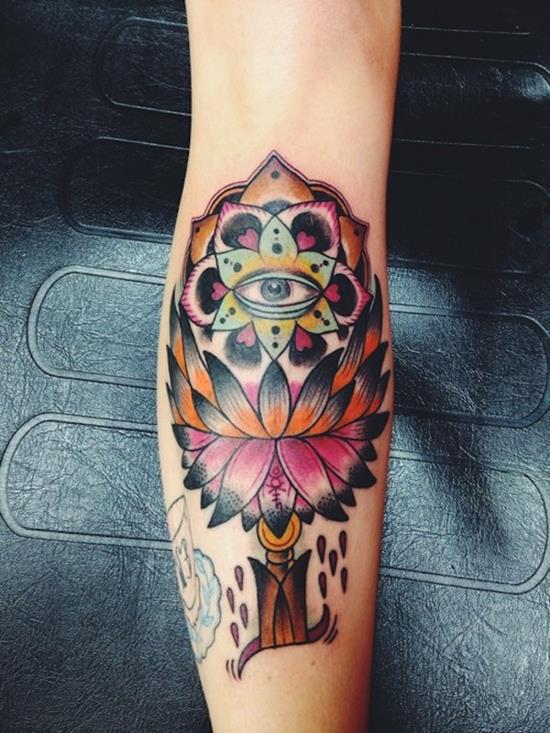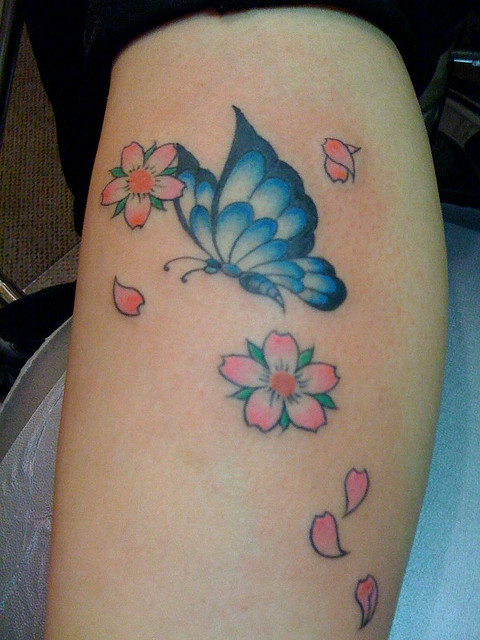I once had the pleasure of meeting a woman who was once the No.1 geisha in Japan. She's a wonderfullady, funny, warm and kind. She was once a favorite of my wife's grandfather who, with his manybusiness and social connections, helped her find sponsors and make her name. He died many years backand more recently his wife - my wife's grandmother - also passed away. This lady unassumingly tookcontrol of all the everyday things at home - cooking, cleaning, child-minding - so that the familycould grieve and deal with the multitude of funeral related matters.
- Geisha (芸者) (/ ˈɡeɪʃə /; Japanese: ɡeːɕa), also known as geiko (芸子) (in Kyoto and Kanazawa) or geigi (芸妓) are a class of female Japanese performance artists and entertainers trained in traditional Japanese performing arts styles, such as dance, music and singing, as well as being proficient conversationalists and hosts.
- #2: “I sometimes lift the brocade cover on the mirror of my makeup stand, and have the briefest flicker of a thought that I may find her there in the glass, smirking at me.” #3: “Geisha never marry. Or at least those who do no longer continue as geisha.”.
- Directed by Rob Marshall. With Ziyi Zhang, Ken Watanabe, Michelle Yeoh, Suzuka Ohgo. Nitta Sayuri reveals how she transcended her fishing-village roots and became one of Japan's most celebrated geisha.
Memoirs of a Geisha is a 2005 American epic drama film based on the 1997 novel of the same name by Arthur Golden, produced by Steven Spielberg (through production companies Amblin Entertainment and DreamWorks Pictures) and Douglas Wick (through Red Wagon Entertainment).
In the evening she regaled us with geisha tales and parlor tricks. Some of the jokes and songs weresurprisingly risque, but related with such grace and skill that no one could really be offended. Sheis well into middle age but I could see how, in her time, she must have drawn men to her like mothsto a flame.

A Kyoto Geisha

Arthur Golden's 1998 novel Memoirs of a Geisha revived interest in an aspect of Japan that is sointrinsic to the Western stereotype and yet so far removed from the reality of daily life here. Geishado still exist and ply their trade, of course. But the role they play in modern society is minor and,except for the attention they get from camera-wielding tourists, largely unseen.
In fact, most of the women captured on film are either maiko (apprentice geisha) or local touriststhemselves, done up for a few hours of faux sophistication and attention seeking.
But like their malecounterpart the samurai, the geisha and her world continue to fascinate people around the world as partof their image of a mysterious and timeless Japan. While prostitution is often referred to as the 'oldestprofession' and the history of the geisha stretches back several centuries, and although there have beentimes when the two overlapped, today's geisha should really be thought of as traditional entertainers.
Because while many people assume that geisha is just a Japanese word for a prostitute, the somewhat moreromantic word 'courtesan' is closer in nuance, and even that is misleading when you consider their history.I remember exploring the history of geisha, preparing a culturologyresearch paper in university - it cameas a surprise that the word geisha itself literally means 'person of the arts' - indeed the earliest geishawere men - and it is as performers of dance, music and poetry that they actually spend most of their workingtime.
The two most famous hanamichi (geisha quarters) can be found in the capital cities of today and yesteryear,Tokyo and Kyoto. Medieval Edo, as Tokyo was formerly known, had the Yoshiwara pleasure quarters, wherekabuki actors and artists would mingle with the evolving merchant class. The Edo period (1600-1868) was atime when Japan was largely closed to the outside world and also an era of great cultural development.
Actors, sumo wrestlers and geisha were often the subjects of colorful ukiyo-e, woodblock prints whose nameliterally means 'pictures of the floating world,' a wonderful euphemism for the world of carnal desires.
In the case of Kyoto, entertainment was to be found in the Shimabara district. Even today, maiko and geiko,as they are referred to in Kyoto, entertain customers in traditional teahouses.
History of Geisha
Life Of A Geisha
Today's geisha have their roots in female entertainers such as the Saburuko of the 7th century and theShirabyoshi, who emerged around the early 13th century. They would perform for the nobility and some evenbecame concubines to the emperor.
It was in the late 16th century that the first walled-in pleasure quarters were built in Japan. Like so manyaspects of Japanese culture, they were modelled after those of Ming Dynasty China. After they were relocatedin the mid-1600s, they became known as Shimabara (after a fortress in Kyushu).
Meanwhile a marshy patchof land (Yoshi-wara) in Edo had been designated as the site for a brothel district under the auspices of theTokugawa shogunate. Brothels and the like were not allowed to operate outside the district and strict ruleswere applied.
Included among these were that no customers were allowed to stay in a brothel more than 24 hours; courtesanswere to wear simple dyed kimonos; and any suspicious or unknown visitors were to be reported to the Office ofthe City Governor.
With Japan enjoying a long-awaited period of peace following centuries of civil war, many samurai found thatsociety no longer had such need of their services. It's thought that many daughters of these formerly noblefamilies became courtesans, with the result that quarters such as Yoshiwara and Shimabara were places ofrefinement and culture.
Peace also brought an increase in prosperity and the rise of the merchant class, or chonin. Add that to thepresence of artists and an atmosphere free of the strictures of the outside world, and it truly was somethingof an adult amusement park, with culture thrown in for good measure.
Within the hanamichi there were many different classes of courtesans, and over the decades the hierarchy andthe standards expected of them changed many times, not always for the better. The situation deteriorated inthe mid-18th century to the extent that a new form of entertainer emerged in Kyoto and Osaka.
The earliest geiko were men, while the first females, who appeared shortly after, were odoriko (dancers) orplayed the shamisen. Female geisha soon became popular enough to be able to steal clients from the courtesans,and in the case of Yoshiwara it was decided to start a kenban, or registration system, to keep them undercontrol and force them to pay taxes. It strictly controlled their dress, behaviour and movements and wasconsidered so successful that it quickly became the norm at hanamichi across Japan.
These strict rulesin fact allowed the geisha to flourish as artists and entertainers. Though more simply dressed than thecourtesans, they became regarded as fashion leaders.
But many aspects of the lifestyle itself were less glamorous. Young girls were sold into the geisha life bytheir families until the mid-20th century and were often subject to the ritual of 'mizu-age,' whereby theirvirginity was sold to the highest bidder. Such practices were eradicated after World War II and the geishaprofession went into a steady decline.
Watch Memoirs Of A Geisha
Binary domain for mac. Today, if geisha are hired to entertain at a private party outside the upper eschelons of society, they aremost likely to be seasoned veterans, more akin to your favorite aunt or even grandmother than the girl nextdoor.
Some of the colour photos on this page were kindly provided by photographer Frantisek Staud, who has a wonderful collection of photos of Japan among his many galleries. See PhotoTravels.net

Memoirs Of A Geisha Trailer
Related content: Easy wireless setup for mac.
